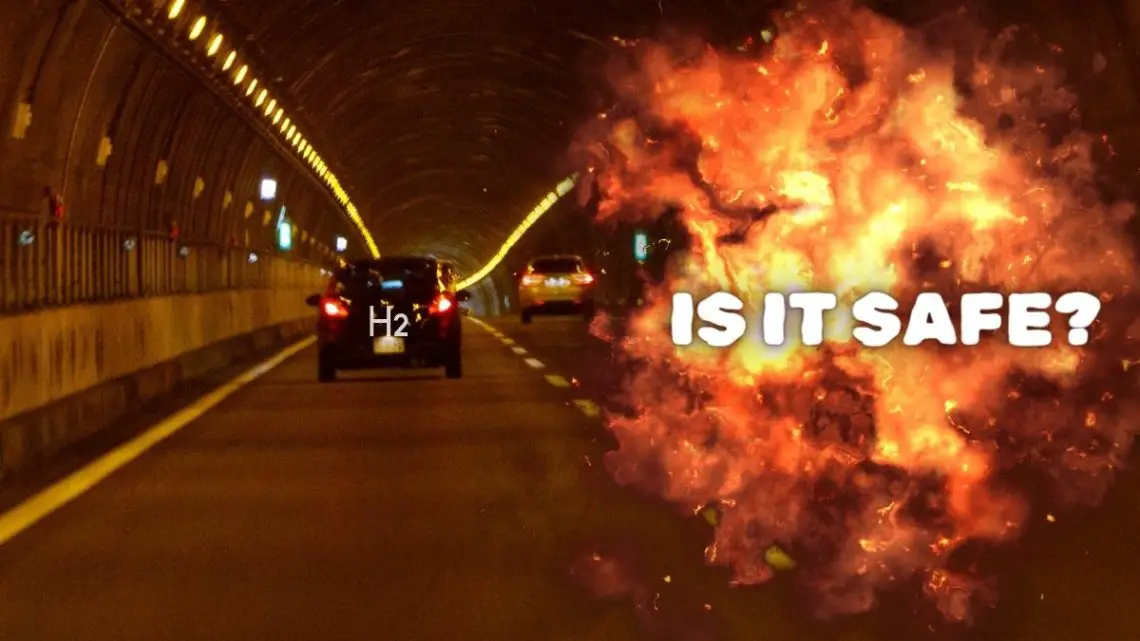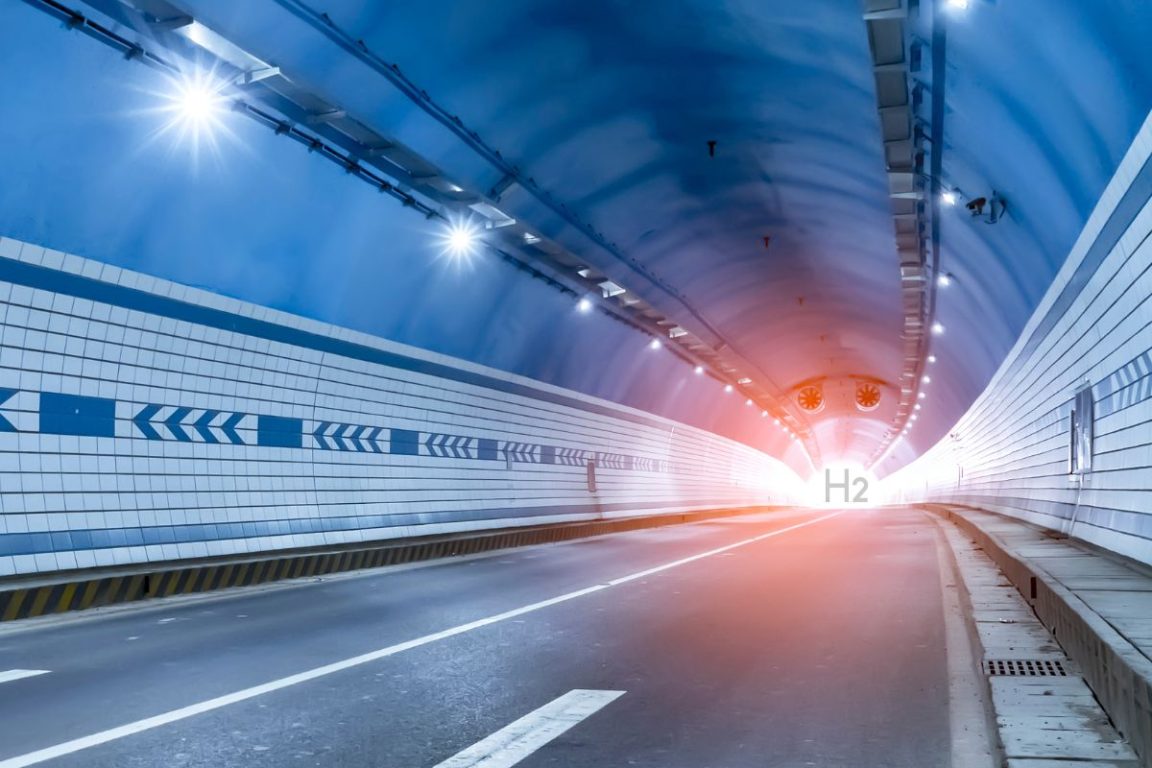
Is it safe for hydrogen cars to travel through tunnels?
June 8, 2024While H2 is being called a safe clean fuel, it is also an explosive one
It’s widely believed that hydrogen cars and other vehicles will be an important part of the decarbonization of transportation.
Questions about the safety of H2-powered vehicles are common
One of the main things that people know about H2 is that it is flammable and that, under the right circumstances, it can also be explosive. After all, one of the most famous vehicles known to have been filled with hydrogen – though not powered by it – was the Hindenburg blimp that famously went down in a deadly fire.
That said, much of the danger associated with the Hindenburg had to do with the fabric of the blimp, not the H2 it contained, and modern hydrogen cars and vehicles have essentially nothing in common with that blimp.
But what about the safety of hydrogen cars in tunnels?
Among the points many experts in H2-powered vehicles often state is that as hydrogen is the lightest element, leaks rapidly disperse into the air, greatly reducing the risk of ignition and explosion. That said, some people have pointed out that drivers aren’t always out in the open air. Tunnels are a much more enclosed space.

While most people suspect that H2 leaking from one vehicle making its way through wouldn’t be much reason for concern, several leaks throughout a day or from vehicles caught in gridlock within a tunnel is what makes people wonder.
No empirical data
When it all comes down to it, there isn’t any empirical data regarding real accidents involving hydrogen cars or other vehicles, particularly within tunnels. This is simply because there have yet to be enough H2-powered vehicles on the road to have data from real world use, especially in specific circumstances such as tunnels.
According to probability estimates based on similar experiences with vehicles powered by gasoline, the indication is that there is a low probability of a problem.
This data isn’t just focused on the risk of leaking hydrogen – which is extremely unlikely to be an issue – but also the types of problems that could occur if there were to be a crash in a tunnel involving hydrogen cars.
 Due to the high pressure of the H2 stored on the vehicles, there is a very high damage potential. However, the tanks holding the H2 are exceptionally protected and robust. Moreover, in serious incidents, a thermal pressure relief device (TPRD) is triggered, and a controlled jet releases the H2 in the tank. Should a crash occur involving a hydrogen car in a tunnel, it’s unlikely that the H2 itself would be an issue, but the danger would be more similar to any other conventional vehicle collision.
Due to the high pressure of the H2 stored on the vehicles, there is a very high damage potential. However, the tanks holding the H2 are exceptionally protected and robust. Moreover, in serious incidents, a thermal pressure relief device (TPRD) is triggered, and a controlled jet releases the H2 in the tank. Should a crash occur involving a hydrogen car in a tunnel, it’s unlikely that the H2 itself would be an issue, but the danger would be more similar to any other conventional vehicle collision.



 With over 15 years of reporting hydrogen news, we are your premier source for the latest updates and insights in hydrogen and renewable energy.
With over 15 years of reporting hydrogen news, we are your premier source for the latest updates and insights in hydrogen and renewable energy.